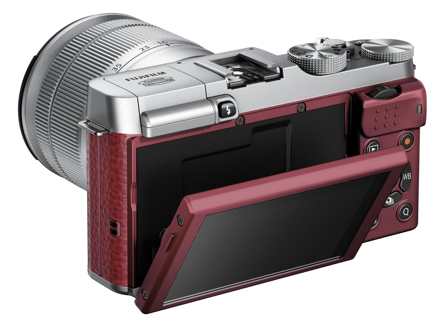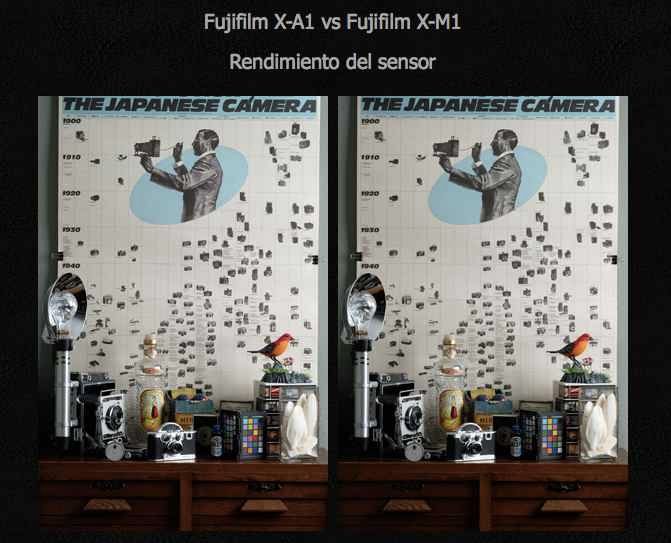Fuji X-A1: “the best ISO performance on any CSC for £500!”
USA: AmazonUS / eBay / BHphoto / Adorama / Pictureline / DigitalRev EUROPE: AmazonUK (via DR) / DigitalRev / eBay
1) We know it, the X-A1 doesn’t feature an X-Trans sensor and has an AA-filter… but don’t worry, the image quality is still impressive! According to trustedreviews there isn’t a camera in the X-A1 price range that delivers better ISO results than the cheapest X-series camera. Outstanding ISO performance and details, good battery live (Fuji quotes 350 shots but trustedreviews shot almost 400 “including usage of the Wi-Fi feature and several shots with flash“), impressive operational speed:
“Indeed, the sharpness of the Fujifilm lenses and the camera’s impressive image processing combine to deliver a level of detail some way ahead of expectations.”
2) steve-digicams X-A1 review is online here: “Low light performance was outstanding. As you will see on our Samples page, noise is not much of a concern with the X-A1. The camera offers a very impressive ability to shoot in dimly lit situations without introducing a distracting amount of digital noise. […] The biggest disappointment with the auto focus is that it does not operate in burst mode. […] The mirrorless camera market has a serious contender in the X-A1. Its APS-C sensor, high image quality, and stellar low-light performance make it a very attractive option. Fast burst shooting in both JPEG and RAW formats sweetens the deal.”
3) It’s again: Fuji X-M1 vs Fuji X-A1. This time it’s the Spanish site dslrmagazine that compares them here (translation). As already shown by Rico (here and here) and Max (riflessifotografici here), the X-M1 with X-Trans sensor delivers better results also according to dslrmagazine.
So the X-Trans is “superior” to the Bayer sensor. You’ll notice the difference especially at higher ISO’s and if you set the NR at its minimum (and especially if you pixel peep!). But if the better image quality is worth the $200 extra is another question. Both cameras deliver great results. The X-A1 seems to be the better deal for dslrmagazine: loose a bit of image quality, but save $200!
image courtesy: dslrmagazine



